I’ve received a lot of interesting questions from people who have taken a look at If the Moon Were Only 1 Pixel. Here I will try to quench your insatiable curiosity.
Are you some kind of expert astrophysicist who is qualified to answer questions about the scale of the universe?
Nope. I’m not even that good at math.
Where would the Voyager spacecraft be on the map?
After reaching Pluto, you’d need to scroll through about 1.6 more maps filled with emptiness before reaching Voyager 2 and then another half a map to reach Voyager 1. Pretty impressive distance for a couple of California bad boys shot out of the 70s. Visit the Jet Propulsion Lab website to really find out what they’re up to.
Why isn’t Titan on the map?
Except for the Titan-Centaur rockets (the kind that launched the aforementioned bad-ass spacecraft), I’ve determined that anything containing the word “titan” is doomed to mediocrity. The half-hearted Clash of the Titans (both the original and the remake), the forgettable Remember the Titans, Titan AE (the AE stands for animated ennui), and of course the disastrous Titanic. All were lacking some essential component that prevented them from being anything more than “not horrible.” At least that’s my rationale for omitting Saturn’s moon despite the fact that it’s actually larger than Callisto. (And also a section of code around Saturn had a bug in it so I took it out and never got around to fixing it.} Real astronomers will be happy to know that the map has now been updated to include Titan, despite its lackluster name.
If you included Pluto why didn’t you include insert name of favorite exoplanet here?
Do you ever hang a stocking out at Christmas for your cat, even though she’s not technically a human who celebrates Christmas? It’s like that.
If you combined the scrolling efforts of all the people who have scrolled through this map, how far would you get?
If all 3 million(!) visitors scrolled to Pluto (which they didn’t) and we combined all of their scrolling efforts in order to scroll through an inter-galactic mega-map drawn at the same scale, we wouldn’t even make it to the Canis Major Dwarf Galaxy, which is barely even a galaxy and is actually closer to us than the center of the Milky Way. If we really want to reach it, everyone will need to go back and scroll through the map 13 more times.
If everyone on Earth could somehow hold hands in a straight line across the map, how far would we reach?
7.125 billion people each with their arms outstretched 1.5 meters would get you about 10.7 million km, or roughly 1/5th of the distance between the Sun and Mercury. We tried Hands Across America, why not Hands Across the Solar System? Every participant gets a complimentary sun visor.
How big am I on the map?
1/46 millionth of a pixel. But you’re the most important 1/46th millionth of a pixel.
What kind of tools did you use for this project?
The folks at the Adobe CC blog asked me that same question. You can read what I told them in the lovely article they published a while back.
It says “You Are Here” under the Earth, but how do you know I’m on Earth?
The page is actually using an advanced geo-targeting algorithm to detect your location. By using the prefix “geo” it can tell you’re on Earth, because “geo” is Greek for “Earth.” Please don’t move to Ganymede or something, it’ll throw off the whole thing.
Can you make other maps where other things are only 1 pixel, like the whole solar system is 1 pixel or my whole life is one pixel?
How about If My Free Time Were 1 Pixel. Oh right. It already is.


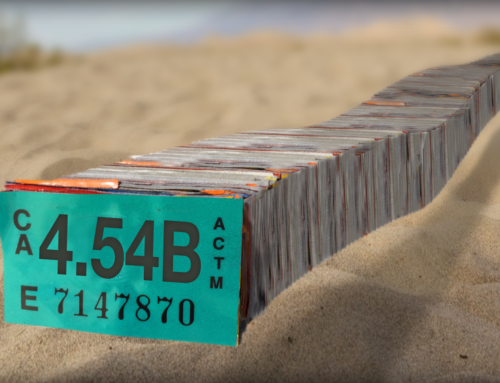
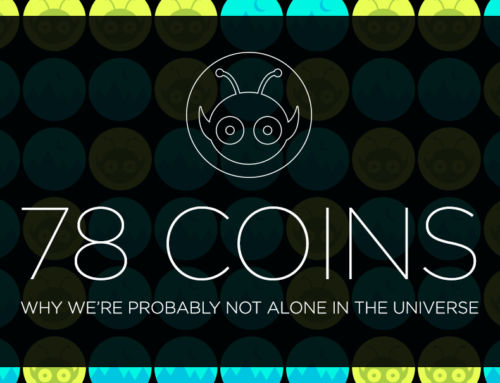


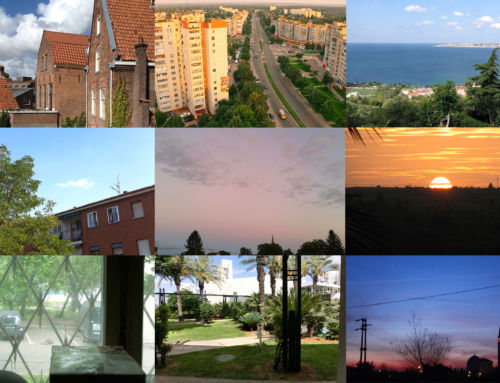
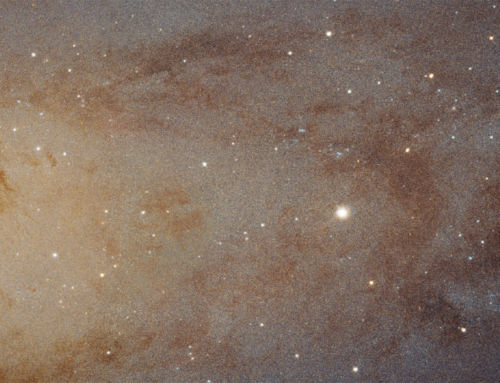
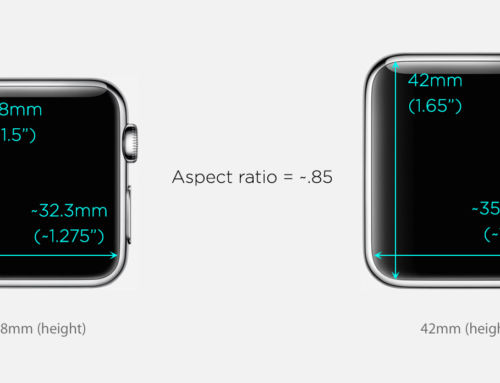

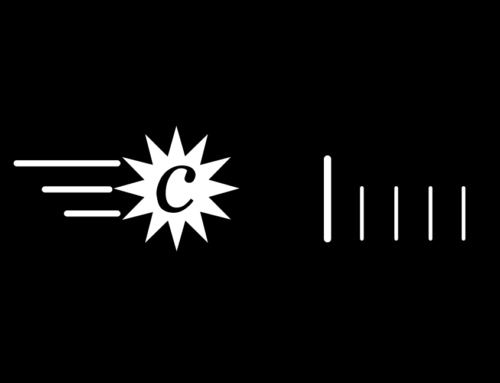
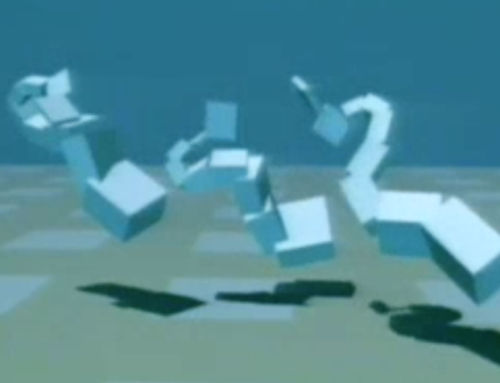
Hey Josh,
I have an idea.
In the ‘units’ pop-up menu,
could there be a checkbox saying ‘Relative to Earth’?
Currently, all of the distances shown are how far away the area is from the sun, but
could you do it so that people could see the distances from the earth instead?
All you would have to do (when the checkbox is selected) would be to subtract:
153,342,924 kilometres;
95,282,846 miles;
1 Astronomical Unit;
8.5 light minutes;
12,041.1 Earths;
44,130 pixels;
12,169,294,448.6 buses;
5,111,425,688.6 blue whales; or
17,323.4 Great Walls of China
from the listed distances.
I think that this would give users a better idea as to how far away planets, moons, etc are.
Thanks!
P.S. I love your site: not just “If the Moon was 1 Pixel” but the entire blog. Congrats, and keep up the good work.
Small comment about Pluto:
I think you should consider including Eris as it is the only dwarf planet (not exoplanet) larger than Pluto. Include the new bigger cat :)
Go the other way. I mean how far could it really be to the planck length anyway???
My Cheshire cat is smiling at the sock-like Klein bottle with his name (Spot) on it, hanging from my fireplace. And no, I was not aware that Klein’s first name is Felix.until right now (see below)
I know there’s a map of probability functions describing synchronicity
around here somewhere. What are the chances?
“NPYD!! Hands up!” –Richard Castle (Nathan Fillion) Go ahead, try spelling ‘synchronicity’ from memory first.
Just as I was about to hit the ‘post comment’ button, my wife’s surface 2 in the other room began playing the trailer for “Pixels” Ok, ok, I’m quitting now. No, Now. Ok really, really, now. …
I think your “moon = pixel” map would have more impact if at the end, the viewer were taken outside of our galaxy with an arrow pointing to the map they just viewed, then perhaps a view of our galaxy from deep space, etc. etc.
Amazing map! Thank you so much for sharing it with the rest of us.
AWESOME!!!!!!
I love your map, showing the scaled of space has always been an issue when explaining it to kids.
This will be an awesome tool I think they will enjoy seeing.
Thank you good Sir!
Can’t get to the “end” using my iPhone 6. Crashes repeatedly after Uranus via finger scrolling, icon clicking or arrow use.
…finger scrolling? rip index finger
A great visual metaphor for how long it takes to get something big completed. Or even something little. Waiting for the movie trailer to open in theaters across the country as this trailer will allow me to actually get thru the popcorn line, climb over the poor sods who came in after me, and land ungracefully in my seat.
this… was awesome.
i have no suggestions, cause its perfect.
<3
One suggestion, which I also posted on the “If the moon were 1 pixel” page. (BTW, it’s awesome!!!)
I don’t mind you leaving Eris out, but OMITTING TRITON, THE BIG MOON OF NEPTUNE is inconsistent with what you’ve presented.
Triton is larger than Pluto! Triton is 2706km in diameter; Pluto is 2370km.
Triton also represents a big cut-off when it comes to moon size. The first 7 moons get gradually smaller (Ganymede 5262km, Titan 5150km – both bigger than Mercury 4880km – Callisto 4806km, Io 3642km, Moon 3476km, Europa 3138km, Triton 2706km), and then there is a big jump to Titania at 1580km – less than half our Moon’s diameter.
Finally, Triton’s is more massive than all the moons in the Solar System smaller than itself combined. So there is a big cut-off.
And BTW, my daughter loves it!
We stand back 10.8 metres looking at the “sun” on the screen and I say “If the sun were this far, Neptune would be 324 metres and alpha Centauri would be 3000 km away in Perth – we’;re in Sydney.”
Amazing work, I must congratulate you on this!
I really enjoyed travelling through & reading the ‘sapce notes’ in between.
Simply superb!
One small feedback (just to add a lil fun element).. you can make the cursser look like a spacecraft travelling ;) when on the space map.
Good luck.
Rahul
I loved this map, well done! My kids thought it was very cool and it gave them a bit of understanding about how big and empty the solar system really is. Your comments between planets really made it fun
No worthwhile titans? You forgot about titanium, didn’t you?
Titanium is most displeased with your forgetfulness.
Just found out about the one pixel moon map,
greatly enjoyed it but somewhat disappointed to see that there isn’t a Uranus joke included ;)
Amazing map that takes one to reality. I sent your link to all the Real Estate Corporations on Earth so they would not get their shorts in a knot trying to figure out how to sell off all the Earth Like Planets being discovered today. Think it will wake them up? BB
Buenas noches, Josh. Gracias por tu trabajo. Me asombra mucho, mucho, mucho… sobre todo porque evidencia, resalta, las inmensas dimensiones de las DISTANCIAS ENTRE los cuerpos del Sistema Solar… algo que, sencillamente, se me había escapado, quizás porque allí “no hay nada”.
Pregunto ahora: activado el ícono que inicia en forma automática el viaje desde el Sol hasta Plutón (entiendo que hasta en este “detalle” has debido establecer una escala (“this is how fast light travels…”) en la velocidad de desplazamiento), ¿cuál es la duración total de la simulación?
Te felicito y, nuevamente, gracias.
If I understand you correctly, the trip takes 328.4 minutes or about 5.5 hours. Try switching to the Light Minutes units down by the distance counter.
(Traducción de Google: Si he entendido bien, el viaje dura 328,4 minutos o alrededor de 5,5 horas. Intente cambiar a las unidades Minutos Luz por el contador de distancia.)
English
Good afternoon, Josh. Thanks for answering.
By one hand, I ‘m afraid I didn’t expressed well myself. On the other hand, the Google translator is not so good (and my English either).
I try again: I’m not asking how long it takes light to travel the distance between the Sun and Pluto (5.5 hours; I already knew it), but the duration of the simulation that we see on the website.
That is: if we enter to:
http://joshworth.com/dev/pixelspace/pixelspace_solarsystem.html
how many minutes takes this representation?
Thanks again.
————————
Español
Buenas tardes, Josh. Gracias por responder.
Por un lado, me temo que no me expresé bien; por el otro, el traductor de Google no es tan bueno (y mi inglés tampoco).
Lo intento de nuevo: No estoy preguntando cuánto tarda la luz en recorrer la distancia entre el Sol y Plutón (5,5 horas; eso ya lo sabía), sino cuánto dura la simulación que vemos en el sitio Web.
Es decir: si entramos a:
http://joshworth.com/dev/pixelspace/pixelspace_solarsystem.html
¿cuántos minutos dura esta representación?
Nuevamente, gracias.
Well, I guess I’m still lost. It all depends on how fast you scroll, right? The light speed simulation button scrolls the browser at the scaled equivalent of the speed of light, so you could actually sit there and watch it scroll for 5.5 hours (as some people have reportedly done, just for the fun of it)
English
Good morning, Josh. Thanks, again, for responding.
Let me try one more time.
“It all depends on how fast you scroll, right?”, you said… but this is not my case, because I activate the AUTOMATIC SCROLLING (the icon at the bottom right of the screen)
In other words:
1- We entered at:
http://joshworth.com/dev/pixelspace/pixelspace_solarsystem.html
2- We activate AUTOMATIC SCROLLING (the icon at the bottom right of the screen)
3- From that moment, how many minutes lasts this representation?
Thank you again.
—–
Español
Buen día Josh. Gracias nuevamente por responder.
“Todo depende de cuán veloz te desplaces, ¿verdad?”, decís… pero no es mi caso, porque activo el DESPLAZAMIENTO AUTOMÁTICO (el ícono en el ángulo inferior derecho de la pantalla)
En otras palabras:
1- Entramos a:
http://joshworth.com/dev/pixelspace/pixelspace_solarsystem.html
2- Activamos el DESPLAZAMIENTO AUTOMÁTICO (el ícono en el ángulo inferior derecho de la pantalla)
3- A partir de ese momento, ¿cuántos minutos dura esta representación?
Nuevamente, gracias.
It takes 5.5 hours to get from the Sun to Pluto when you use the speed-of-light scrolling button. If you have some other automatic scrolling button, you’ll need to time it yourself, since I don’t have one in my browser.
Hello! I demand representation for Ceres. I know, it’s less than a pixel in width. But the moon is represented as a pure white pixel. Therefore we can represent Ceres with a By the way the Best Website For Homework Help Services is http://speedypaper.net/
Science just proved God’s existence. Psalm 8:3-5 (NIV)
“When I consider your heavens, the work of your fingers,
the moon and the stars, which you have set in place,
what is mankind that you are mindful of them,
human beings that you care for them?
You have made them a little lower than the angels
and crowned them with glory and honor.”
Still a fantastic model of the solar system. After watching Star Wars I wanted my kids to understand how “slow” the speed of light really is, and this was perfect.
Hi Josh I am wondering how did you calculate the measures of the planets and sun?
Some ancient astronomers actually did that work. I just Googled. (Try searching for “What is the diameter of the sun”)
so cool josh
OMG I loved it